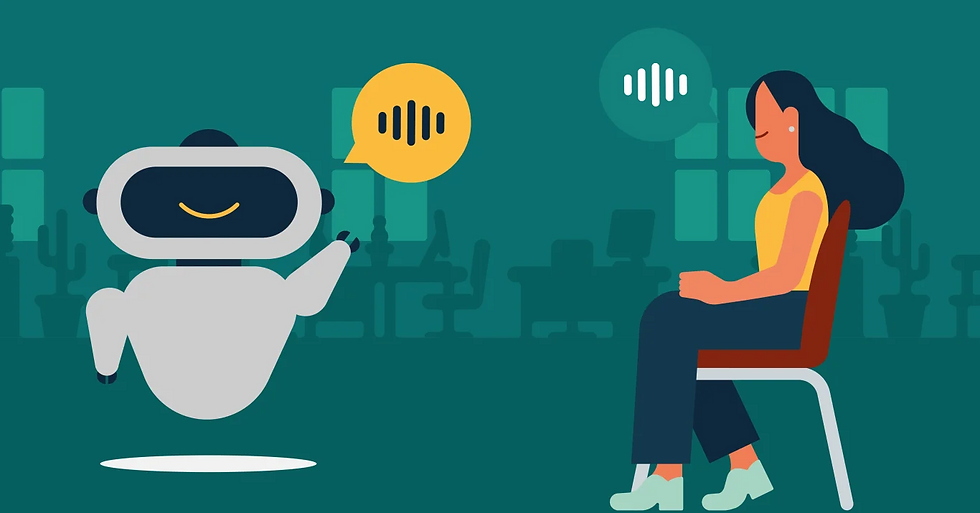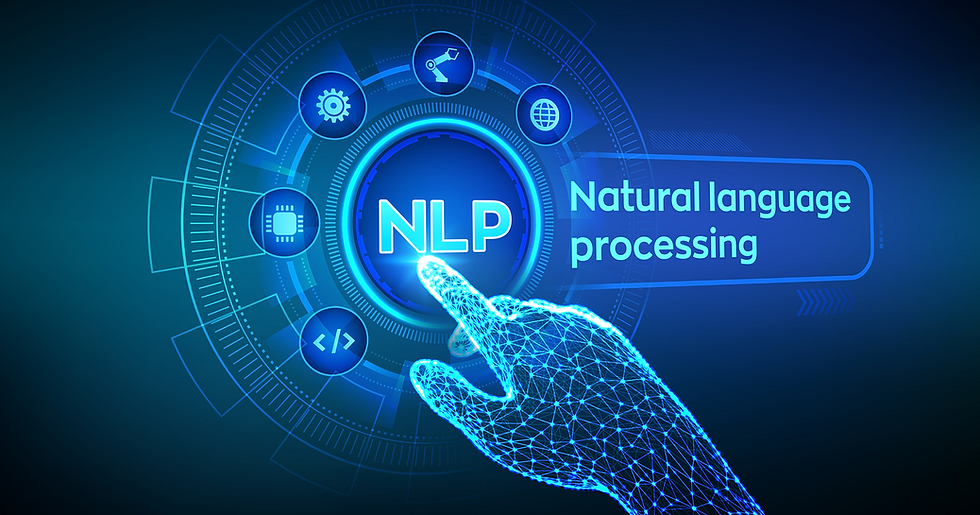March Observations
- Sophia Behar
- Mar 30
- 3 min read
Pursuing a career in computational linguistics can look different for each individual, from the pathway leading up to their profession to the tasks that their job entails. This month, I took some time to watch one of the Linguistic Society of America’s previous webinars on “Linguists and Linguistics in Tech” to broaden my understanding of careers in computational linguistics. The webinar included a panel of professionals currently working in the tech industry. Three of the panellists were Nancy Chang, José Montero and Kenia Cubas, and their stories were all incredibly unique.
Nancy Chang was a Senior Research Scientist at Google, working on Google Assistant in particular. Her education consisted of a BA, MS and PhD in Computer Science, but she always had a special interest in linguistics. Nancy was first offered to work at Google in 2008. However, at the time, Google, a “search company,” was mainly focused on information retrieval. This meant that working there was not a good fit for Nancy because she wanted to pursue a job more related to language and semantics. Instead, she went back to complete more research in Europe. By 2012, conversational search technology had become popular, leading Nancy to join Google to help with this. She even moved to the more “research” side of Google for a few years before transferring back to the “production” side in 2016 to work on Google Assistant.
Next, José Montero was a Computational Linguist at Apple. José studied Spanish language and literature for his undergraduate degree and then shifted his focus to study applied linguistics for his master’s degree. After completing his studies, José acted as a Spanish teacher in multiple countries. Interestingly, it was indirectly through his teaching experience that he became interested in technology. He moved to San Francisco and taught there, constantly interacting with individuals working in the tech industry, which is how he was first exposed to the field. His curiosity for the industry led him to listen to podcasts and complete online classes related to computer science. This provided him with the solid foundation to eventually secure his first tech job as a Computational Linguist at Apple.
Lastly, Kenia Cubas was also a Computational Linguist at Apple. She first worked as a translator and interpreter for a school district, and achieved a BA in communicative disorders as well as an MA in applied linguistics. Her goal to be a linguist beyond academia was met when she was offered a job as a Computational Linguist at Apple, working on localization projects for Siri’s US & Latin American markets. In particular, Kenia focussed on improving Siri’s Automatic Speech Recognition (deciphering meaning from the sound that is picked up) and Text-to-Speech Conversion (ensuring Siri’s pronunciation is accurate).
In conclusion, I took away a number of key points from the panellists’ presentations. Firstly, there are many opportunities in the tech industry for linguists, and it is essential for you to define what you would most enjoy in a career to be able to find the best fit. For example, would you be more interested in working on the “research” side of a company or the “production” side? My second takeaway is that there is no singular pathway to attaining these jobs. Your studies can be more centred on computer science or more focussed on linguistics, and your prior work experience does not have to be directly related either. Each individual’s journey is unique, and as long as you have a passion for computational linguistics, you will find a way to contribute positively to the field. Finally, connecting with mentors who are willing to support you and guide you along your journey can be a great way to feel less lost in a new industry and ensure that you are making the most of the opportunities available to you.

Credit: Marinela Potor (Sinch)
Works Cited
Linguistic Society of America. “Webinar Linguists and Linguistics in Tech (May 31 2019).” YouTube, 3 June 2019, www.youtube.com/watch?v=c764bv_jtbg. Accessed 30 Mar. 2025.


